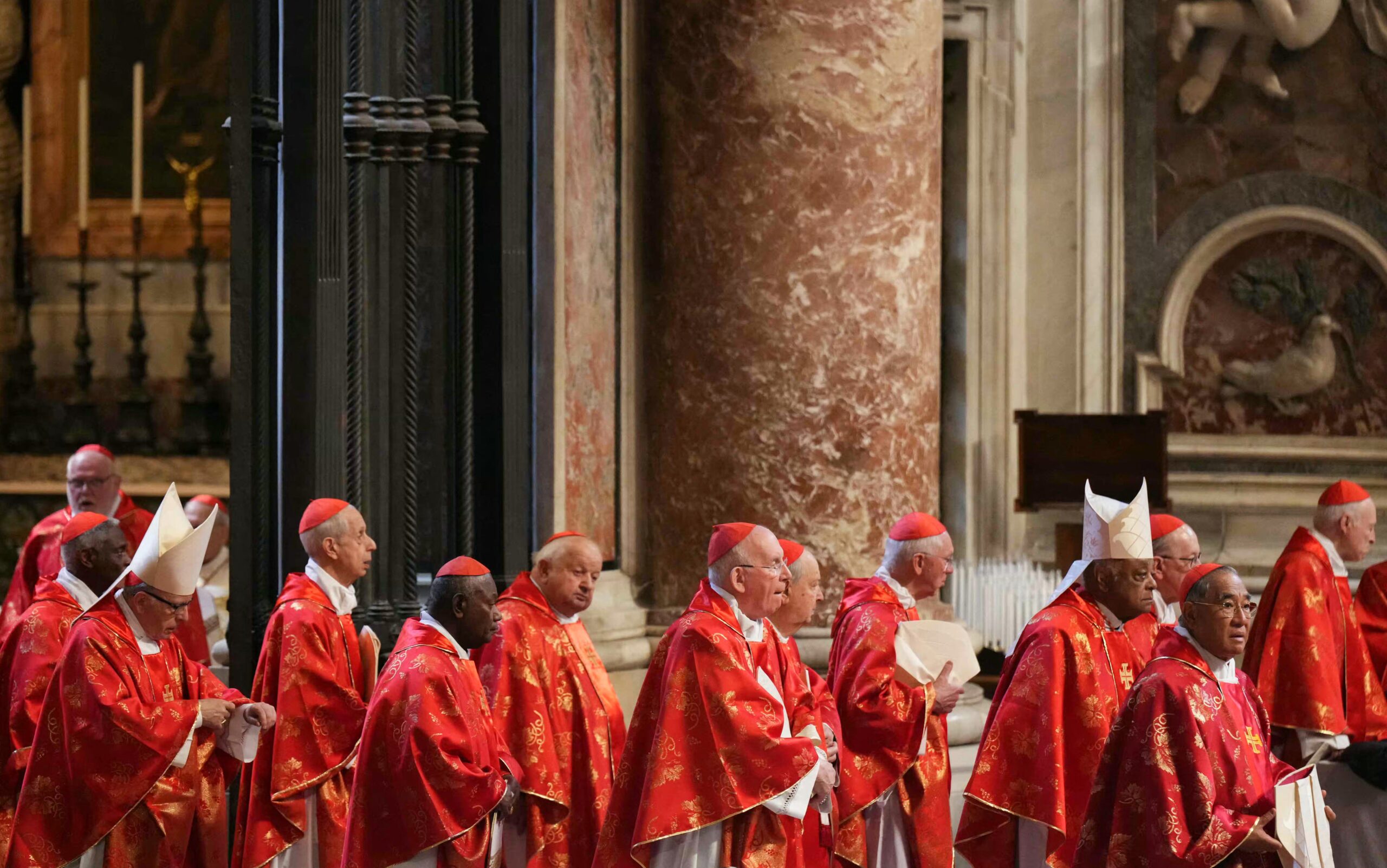
Papal Conclave Begins: No Pope Elected on First Day, Voting Continues
The first day of the highly anticipated conclave to elect the successor to Pope Francis concluded without a new pontiff being named. Black smoke, the traditional signal of an inconclusive vote, emerged from the Sistine Chapel at 3 p.m. Eastern Time (9 p.m. local time in the Vatican) on May 7th, confirming that the College of Cardinals had not yet reached the required two-thirds majority needed to select the next leader of the Catholic Church. The world now awaits further developments as the voting process continues.
The death of Pope Francis on April 21st, at the age of 88, initiated the process of selecting his replacement, a momentous event in the Catholic world and one that draws intense global attention. The conclave, a gathering of cardinal electors, is a centuries-old tradition steeped in ritual and secrecy. The lack of a first-day decision is not unusual, as the election of a pope is a complex and prayerful undertaking. History provides examples of both swift selections and protracted deliberations. While Pope Francis himself was chosen in just a single day, some papal elections have stretched on for much longer. The longest papal election in history, that of Pope Gregory X in 1271, lasted nearly three years.
An estimated 45,000 people congregated in St. Peter’s Square on Wednesday, eagerly anticipating news from within the Vatican. The throngs of faithful, tourists, and media representatives waited in hope, praying for guidance for the cardinal electors as they undertook their solemn task. Vatican News reported on the substantial gathering, highlighting the widespread interest in the outcome of the conclave.
The inner workings of the conclave remain shrouded in secrecy. The cardinal electors are sequestered from all contact with the outside world, bound by a sacred oath of silence. This vow, taken under the threat of excommunication, ensures that the deliberations remain confidential and free from external pressures. Even individuals working within the conclave’s confines, including medical personnel, liturgical assistants, and domestic staff, are required to swear the same oath of secrecy. This stringent protocol is intended to protect the integrity of the electoral process and allow the cardinals to discern God’s will without interference.
Voting will resume on May 8th and continue for as many days as necessary to reach a consensus. The cardinal electors will cast ballots four times daily, twice in the morning and twice in the evening. After each voting session, the ballots are burned. The smoke produced from this burning is then released through a chimney visible to the crowds in St. Peter’s Square. Black smoke signifies that no candidate has received the required two-thirds majority, while white smoke indicates that a new pope has been elected. The world will be watching closely for the signal that a decision has been made.
The news of the lack of white smoke spread quickly, disappointment rippling through the crowd in St. Peter’s Square. People began to disperse, anticipating a long wait. The cardinals, meanwhile, returned to their residences within the Vatican, praying and preparing themselves for another day of intensive voting and reflection. The faithful, despite the initial setback, remain hopeful that divine guidance will soon lead the electors to a worthy successor to Pope Francis.
Out of the 135 cardinals eligible to participate in the conclave, 133 were present when the proceedings began on May 7th. The day commenced with the Mass "Pro Eligendo Romano Pontifice" (Holy Mass for the Election of the Roman Pontiff) at 10 a.m. Vatican time (4 a.m. ET) in St. Peter’s Basilica. This solemn Mass invoked the Holy Spirit to enlighten the cardinals and guide their selection.
Later in the day, at approximately 3:45 p.m. Vatican Time (9:45 a.m. ET), the cardinal electors gathered in the Pauline Chapel, located within the Apostolic Palace. They recited the Litany of the Saints, a powerful prayer calling upon the intercession of the saints, asking for their assistance in this crucial decision. Following this prayer, the cardinals processed to the Sistine Chapel, the designated location for the papal election.
Upon entering the Sistine Chapel, the cardinals recited the oath of secrecy, reinforcing their commitment to maintaining the confidentiality of the proceedings. After the oath, the Master of Ceremonies proclaimed "Extra omnes" ("Everyone out"), signaling that all individuals not authorized to participate in the election must leave the chapel. The doors were then locked, and the cardinal electors were left to begin their deliberations and voting.
The first ballots were cast on the evening of May 7th (Vatican time). The black smoke that arose from the Sistine Chapel that night signaled the absence of a new pope. The process will now continue on May 8th, with the cardinals resuming their twice-daily voting sessions. The smoke signals will continue to provide updates to the outside world, informing observers of the progress of the election.
The schedule for May 8th, and the subsequent days, follows a consistent pattern. The cardinal electors will gather in the Sistine Chapel for prayer and reflection before each voting session. The voting itself is conducted in secret, with each cardinal writing the name of their chosen candidate on a ballot. The ballots are then collected and counted. To be elected pope, a candidate must receive at least two-thirds of the votes cast.
As the conclave continues, the world remains focused on the Vatican, awaiting the moment when white smoke will billow forth, signaling the election of a new leader for the Catholic Church. USA TODAY is providing live coverage of the conclave on its YouTube channel, with a livestream scheduled to begin at 3 a.m. ET on Thursday, May 8th. This provides a valuable resource for those seeking to follow the events as they unfold. The world watches and waits.
